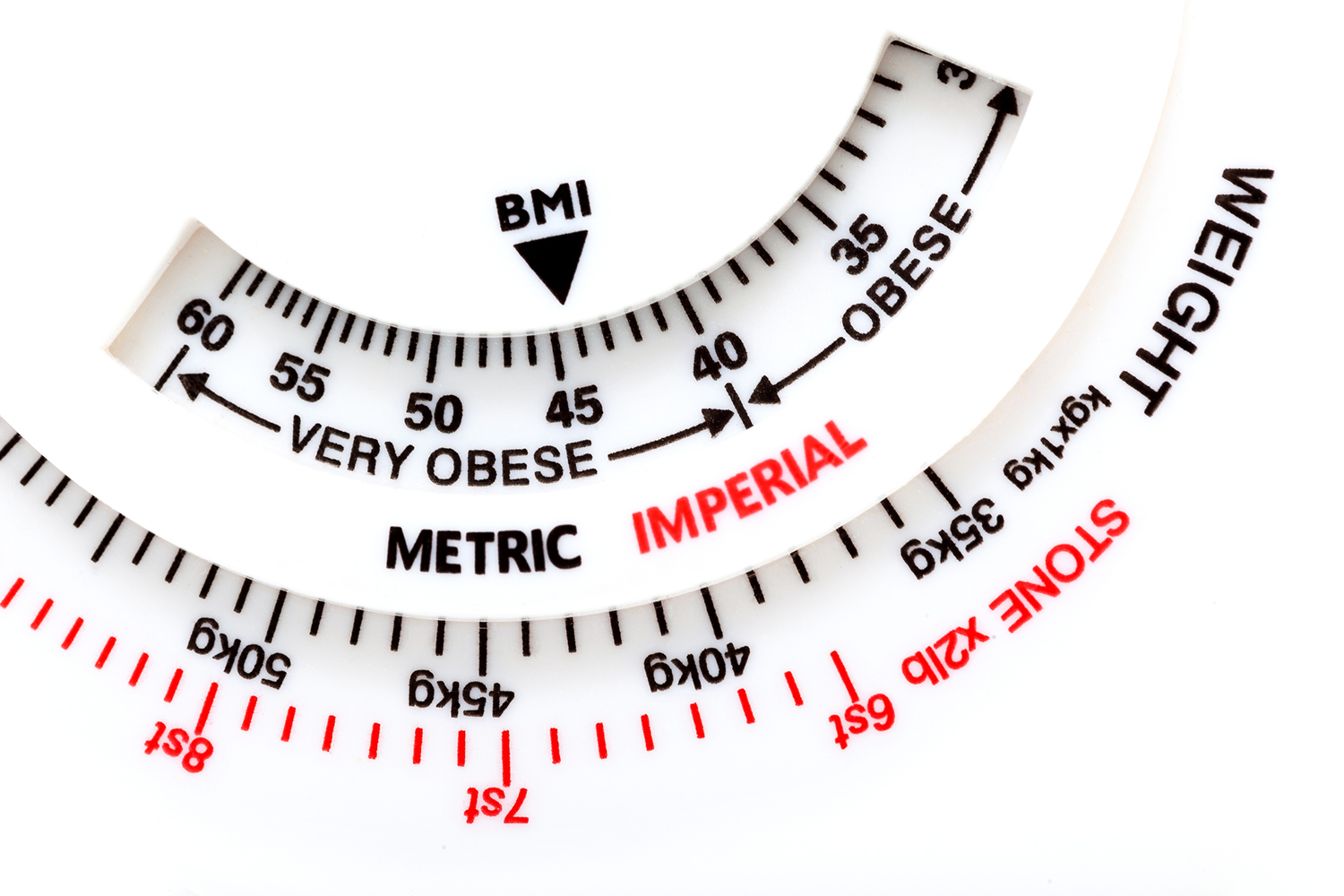An easy-to-measure indicator of body fat, body mass index (BMI) is calculated from height and weight.
What is Body Mass Index?
BMI is simply an estimate of body fat that health professionals use to gauge an overweight person’s risk for breathing problems, some cancers, cardiovascular disease, gallstones, high blood pressure, and Type 2 diabetes.
A BMI of 30 or above indicates obesity, and 25 to 29.9, overweight. The normal range is 18.5 to 24.9, and a figure below 18.5 is underweight.
While BMI does not measure body fat directly, it does correlate with more direct measures and seems to be as strong an indicator of risk for metabolic issues and diseases.
What It’s Not
BMI is an inexpensive and easy screening tool, but it does not diagnose a person’s body fatness or health.
Reasons BMI may differ among individuals include the following:
- at the same BMI women are likely to have more body fat than men
- older people, because of muscle loss, may have more body fat than younger adults
- nonathletes have more body fat than athletes
How to Use BMI
Medical professionals often use BMI to help determine whether a patient is overweight or obese. A high BMI may lead a healthcare provider to pursue additional avenues of inquiry.
Some additional methods include measuring waist circumference and skinfold thickness; assessing for obesity-related conditions and diseases; and evaluating nutritional status.
What If It’s Low?
Obesity isn’t the only problem that the BMI addresses. If yours is below 18.5, signifying that you are underweight, your risk of the following conditions may be high: anemia, infertility, malnutrition, muscle weakness, osteoporosis, and immune-system deficiency.
If your BMI calculation seems to indicate underweight, check with your healthcare provider for a thorough evaluation of your nutritional status.



